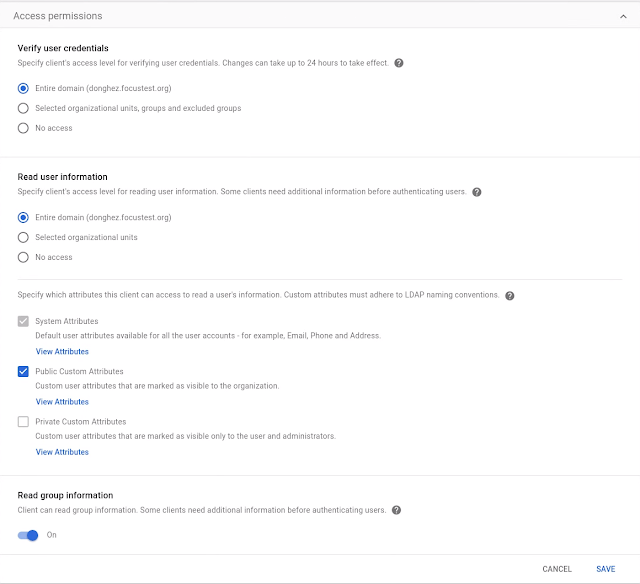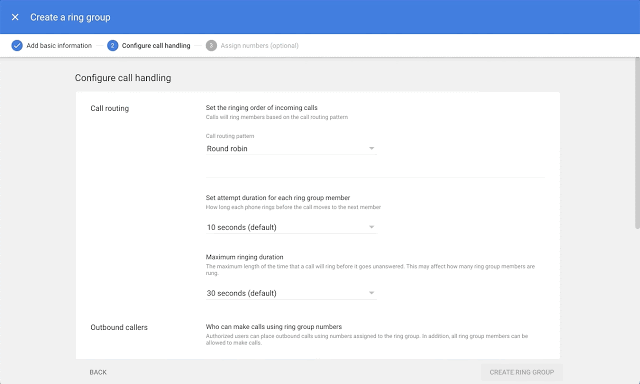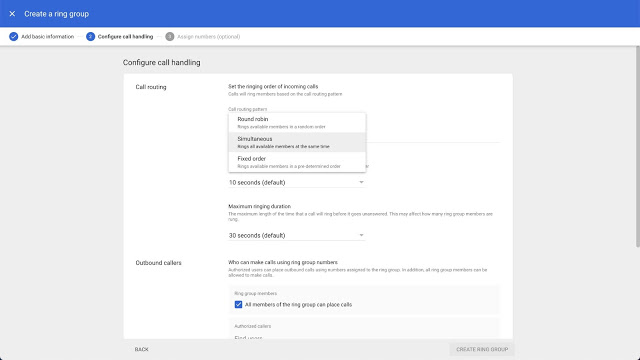Applications can now create append blobs in addition to block blobs in Azure Data Lake Storage accounts and append to them using Append Block operations. Applications that need to add information to existing files efficiently and continuously can leverage append blobs.
Specify which attributes are available for the Secure LDAP client
What’s changing
- System attributes: Default user attributes that are available for all user accounts—for example, Email, Phone, and Address. Note that you can’t disable this option.
- Public custom attributes: Custom user attributes that are marked as visible to the organization.
- Private custom attributes: Custom user attributes that are marked as visible only to the user and administrators. Use caution when using private custom attributes, as you’re exposing private information to the LDAP client.
Who’s impacted
Why it’s important
Additional details
- Names for custom attributes can contain only alphanumeric text and hyphens.
- There should be no duplicate attribute names across all custom schemas.
- If the custom attribute name matches with an existing system attribute, we will return the system attribute value.
Getting started
- Admins: Visit the Help Center to learn more about the Secure LDAP service, creating custom attributes for user profiles, and configuring access permissions.
- End users: No action required.
Rollout pace
- Rapid Release and Scheduled Release domains: Gradual rollout (up to 15 days for feature visibility) May 5, 2021
Availability
- Available to Google Workspace Enterprise Standard, Enterprise Plus, Education Fundamentals, and Education Plus, G Suite Enterprise, and Cloud Identity Premium customers
- Not available to Google Workspace Essentials, Business Starter, Business Standard, Business Plus, Enterprise Essentials, Frontline, and Nonprofits, as well as G Suite Basic and Business customers
Resources
![]()
Additional admin controls for Google Voice ring groups
What’s changing
- Configure a “Fixed order” pattern where incoming ring group calls will ring members in a predetermined order.
- Change the maximum duration that a call should ring before proceeding to the “unanswered call” behavior — previously this was fixed at 30 seconds.
Who’s impacted
Why you’d use it
Getting started
- Admins: Visit the Help Center to learn more about setting up and configuring ring groups for your organization.
- End users: No action required.
Rollout pace
- Rapid Release and Scheduled Release domains: Gradual rollout (up to 5 days for feature visibility) starting on May 5, 2021.
Availability
- Available to all Google Workspace and G Suite customers with Google Voice standard and premier licenses.
- Not available to Google Workspace and G Suite customers with Google Voice starter licenses.
Resources
- Google Workspace Admin Help: Set up ring groups
![]()
General availability: Multiple features for Azure VPN Gateway
Take advantage of multiple new enhancements and features that are now generally available in Azure VPN Gateway.
General availability: Custom Translator—May new features, improvements and bug fixes
Review the Microsoft Custom Translator new features, improvements, bug fixes, and new/refreshed models for May 2021.
Azure Backup: Operational backup for Azure Blobs is now generally available
Operational backup for Azure Blobs gives you a managed data protection solution for block blobs in your storage accounts.
General availability: Azure Log Analytics UI updates May 2021
Azure Log Analytics for May 2021 include a new and updated experience for custom logs management and pinned parts filter integration.
Azure Data Share Preview API versions will no longer be supported starting August 1, 2021
Beginning August 1, 2021, you will no longer be able to access Azure Data Share preview API versions (2018-11-01-preview, 2020-06-01-preview) through REST API or SDK.
New NPv1 virtual machines are now generally available
New Xilinx Alveo U250 FPGA NPv1 VMs are now generally available in West US 2, East US, West Europe, and Southeast Asia.
Public preview: AKS support for Secrets Store Container Storage Interface
Access your secrets securely via the container’s file system.




